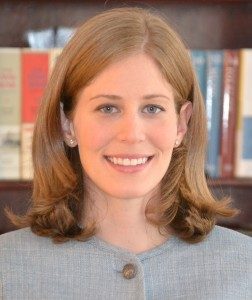By Drew Jacobs
I recently spoke with Middlebury alumnus Tim Bazemore, now the Head of School at the Catlin Gabel School in Portland, Oregon. Tim graduated from Middlebury in 1982 with a degree in History. Early on in his time at Middlebury he studied a Medieval European History course and really enjoyed it. He remembers professor Harden Tillinghast in particular as a strong lecturer with a wealth of knowledge on a number of subjects. Tim valued studying themes and connections across different eras and cultures in the dozen history courses he took at Middlebury. He remembers the professors as passionate and friendly, often inviting students over for dinner and discussion. Ultimately, Tim wrote his thesis on 17th Century England, examining the intersection of politics, religion, and culture. He feels that his critical thinking, writing, and speaking ability all greatly improved from his time at Middlebury.
After graduation, Tim got a job with an independent school in Philadelphia. He taught 6th grade English his first year and then 7th-12th grade History for the next five years. He taught a wide variety of courses, ranging from World History, US History, and 20th Century Middle East History. After five years, Tim went to the University of Pennsylvania graduate school for his Masters in History, where he focused on 16th and 17th Century European History. Upon graduation, he took a job in a High School admissions office, realizing he had an interest in the administrative side of education.
Tim credits his History degrees for strengthening his research, writing, leadership, and management skills. These skills aided him as he spent the next ten years in a variety of administrative roles. He then interviewed and was hired as the head of school of a K-9 school in Connecticut. He worked there for 14 years, teaching a history course each semester as well. Tim stressed how his knowledge of history has helped him understand culture and contact in
each of his new positions and schools. He believes the major has led him to always ask questions and quickly recognize issues. After 14 years in Connecticut, Tim moved to Portland to become the Head of School at the K-12 Catlin Gabel School.
Upon arrival, Tim said he read 20 years’ worth of the school’s alumni magazines to better understand the nature of the community which he was entering. This is a true historian’s mindset. He taught a senior History seminar last year and hopes to teach one next year as well. Tim said that all of the schools that he has worked at really emphasize a liberal arts education. He believes his job is to help produce thoughtful, effective communicators who can then more effectively enter college and the world. Tim also pointed out that despite popular belief, his History degree has not prevented him from obtaining administrative or leadership positions throughout his career. Instead, he believes his study of history has improved his ability to do his job effectively
 I recently spoke to Amanda Brickell Bellows ’08, a historian of the United States in a comparative and transnational perspective. She currently teaches at Hunter College and The New School and works as a historian at the New-York Historical Society. Professor Bellows returned to Middlebury this past January to teach a survey course about human bondage, entitled Introduction to Global Slaveries: From Ancient Greece to the Present.
I recently spoke to Amanda Brickell Bellows ’08, a historian of the United States in a comparative and transnational perspective. She currently teaches at Hunter College and The New School and works as a historian at the New-York Historical Society. Professor Bellows returned to Middlebury this past January to teach a survey course about human bondage, entitled Introduction to Global Slaveries: From Ancient Greece to the Present.